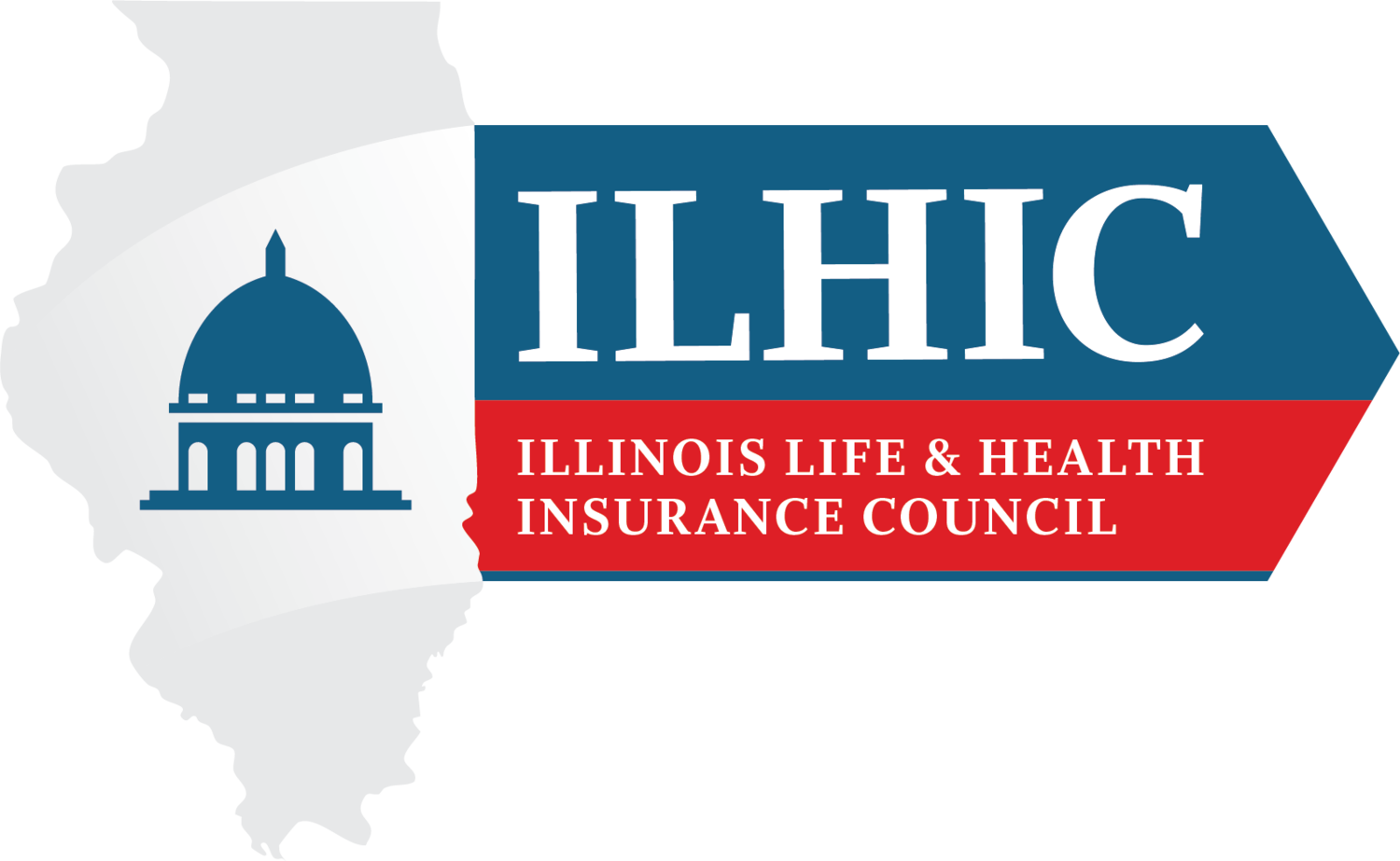Health Policy Under a Microscope: The Price Drivers of Healthcare
Kate Morthland
From the cost of eggs to your power bill, to restaurant dining and beyond; it is easy to see the costs of our average lives rising. As a millennial, I try to stop myself from the phrase, “back in my day,” as I refer to renting one-dollar Blockbuster videos and bragging about how I would save up enough money to buy the prized Razor flip phone.
I could reminisce for hours on the simplified times of the 90s. It seems like a stark contrast to the costs of living today. One-dollar video rental stores are now a fossilized memory, and other more critical costs are rising. One cannot deny that healthcare costs are skyrocketing faster than our average expenses. Increases in healthcare costs are on average one point higher than the GDP price index over the same period.[1] The solution to affordability is not as simple as one would think.
For insured individuals, the insurance company is the direct-to-consumer piece of the healthcare purchase. The consumer does not receive notice from the physician, hospital, or drug manufacturer of the cost of service before it’s negotiated by the insurance company. Because of this, advocates and policymakers focus on the insurance company solely to address affordability, without addressing the systemic problem of rising healthcare costs.
For insured individuals, the insurance company is the direct-to-consumer piece of the healthcare purchase. Because of this, Advocates and policymakers focus on the insurance company solely to address affordability, without addressing the systemic problem of rising healthcare costs.
Placing healthcare economics under a microscope reveals different entities and price chains. Having adequate knowledge of these complex relationships can assist policymakers in effectively driving down healthcare costs.
Provider rates, prescription drug inflation, and the consolidation of hospital systems play the largest roles in increased healthcare costs.[2] From 2013 to 2018, commercial health insurer spending grew by 3.2% each year.[3] These increases were driven by provider rate and hospital cost increases.[4] Hospital consolidations are a major driver of upward costs in private insurance.[5] For example, if a consumer stays at a hospital that has monopolized a market and has no competition, that consumer will have a bill that is $1,900 higher than if the hospital were to have competitors in the area.[6] Hospital mergers can lead to a 7%-17% higher cost to consumers while reducing access to care in some rural areas.[7]
If that doesn’t have you feeling depressed, let’s look at drug costs. The average cost of a 30-day supply of Prozac is $490.[8] In 2023, drug manufacturers have increased the prices on thousands of drugs, with future price increases on the horizon.[9] Americans are spending more on drugs than the rest of the world, and pharmaceutical companies pulled in more revenue from America than every other country combined.[10] These increased costs are not due to higher utilization numbers.[11] Rather, the cost increases rest on the government’s inability, or refusal, to lower the costs of drugs from the pharmaceutical manufacturer.[12] These increases make it much more difficult for insurers to negotiate lower costs for consumers.
Already, in 2023, drug manufacturers have increased the prices on thousands of drugs, with future price increases on the horizon.
Let’s say you haggle for the cost of cherry tomatoes at your local Farmer’s Market. Last year, the farm vendor started the negotiation at $2.50. After the negotiation is complete, both parties settle on a price of $2.00, and you save 50 cents. However, when you approach the same farm stand this year, the vendor is now starting the haggling at $3.50. Knowing that you were only able to negotiate 50 cents last year means that you will likely purchase the same tomatoes for $3.00. Due to the vendor’s cost increase, and even maintaining the same negotiating power, you are still paying $1.00 more than you were in the previous year. We see this example playing out on the healthcare stage. Costs are rising from forces beyond the insurer, which is placing more pressure on consumers paying for the cost of healthcare.
Healthcare economics represents a complex dance of many entities and cost pressures from negotiations, government programs, societal patterns, and more. For healthcare affordability policy, the issue is often much more complex than an insurance bill. It’s time to look beyond the bill at the cost drivers of healthcare. Until we do that, affordability will also be a memory of the past.
[1] Memorandum; Hearing Entitled “Lowering Unaffordable Costs: Examining Transparency and Competition in Healthcare”; public-memo-he-hearing-on-price-transparency-03-28-23.pdf (politico.com) (March 28, 2023).
[2] Trends in health care spending; AMA; Trends in health care spending | Healthcare costs in the US | AMA (ama-assn.org) (Updated March 20, 2023).
[3] Id. at 1.
[4] Id. at 1.
[5] Where there’s a hospital monopoly, private health care costs more; Harvard School of Public Health; Where there’s a hospital monopoly, private health care costs more | News | Harvard T.H. Chan School of Public Health (April 6, 2023).
[6] Hospitals and Monopoly; Open Markets; Hospitals & Monopoly — Open Markets Institute (April 6, 2023).
[7] Id.
[8] How Much Does Depression Cost?; Healthline; Kristeen Cherney; The Cost of Depression: Medications, Therapy, and More (healthline.com) (July 24, 2020).
[9] Why Drugmakers have raised prices on nearly 1,000 drugs so far this year; USA Today Health; Ken Alltucker; Humira, Eliquis among nearly 1,000 drugs with higher prices in 2023 (usatoday.com) (January 20, 2023).
[10]American’s Spend More on Top Drugs Than Every Other Country Combined – And It’s Not Because They’re Buying More; Forbes; Robert Hart; Americans Spend More On Top Drugs Than Every Other Country Combined — And It’s Not Because They’re Buying More (forbes.com) (September 20, 2021).
[11] Id.
[12] Id.


